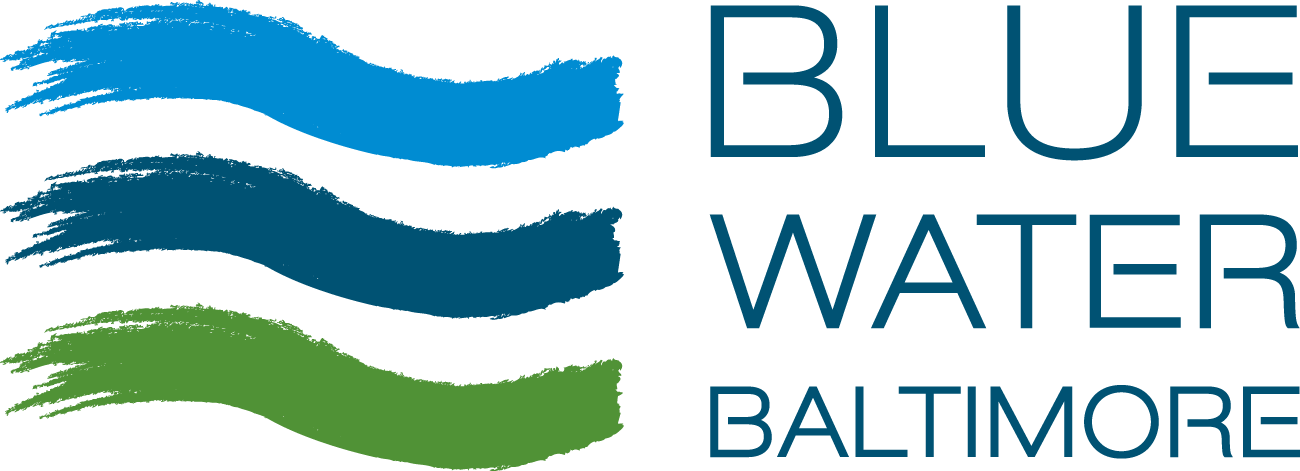Fecal Bacteria
What is Fecal Bacteria?
Fecal bacteria are bacteria from animal (including human) waste or feces, and are measured as a concentration of most probable number (MPN/100mL) present in the water. MPN is a statistical method used to estimate the viable numbers of bacteria. Fecal bacteria are a diverse group of microorganisms, several of which are used for monitoring water. In this study, we measure the concentration of Enterococcus fecal bacteria, which can indicate potential sewage contamination and constitute a human health risk from water contact. Fecal bacteria enter waterways through stormwater runoff. Sources include animal waste, undisposed of pet waste, and sewage overflows of septic systems, sanitary sewer pipes, and wastewater treatment plants.
Why is Fecal Bacteria important?
Enterococcus fecal bacteria are reliable indicators for waterborne pathogens that are excreted by mammals and humans. Including Staphylococcus, Hepatitis A, Cryptosporidium, West Nile Virus, and other microorganisms that may cause gastrointestinal illness and skin and eye infections. Risk factor makes collection of this data vital for assessing human health risk during recreational water contact.
How do we measure Fecal Bacteria?
Fecal bacteria are measured through collection of water samples at both tidal and nontidal stations and analyzed by our in house water quality laboratory. Nontidal stream samples are collected at the deepest point of moving water in the vicinity of our station, and away from riffles. Tidal samples are collected 1 meter from the surface. All samples are stored on ice, and delivered the same day to the Blue Water Baltimore Water Quality Laboratory. Samples are processed and analyzed in house. We assess Enterococcus fecal bacteria data using the Code of Maryland Regulation's (COMAR) pass/fail scale based on the <130 MPN/100mL human health thresholds for tidal and nontidal waters.
